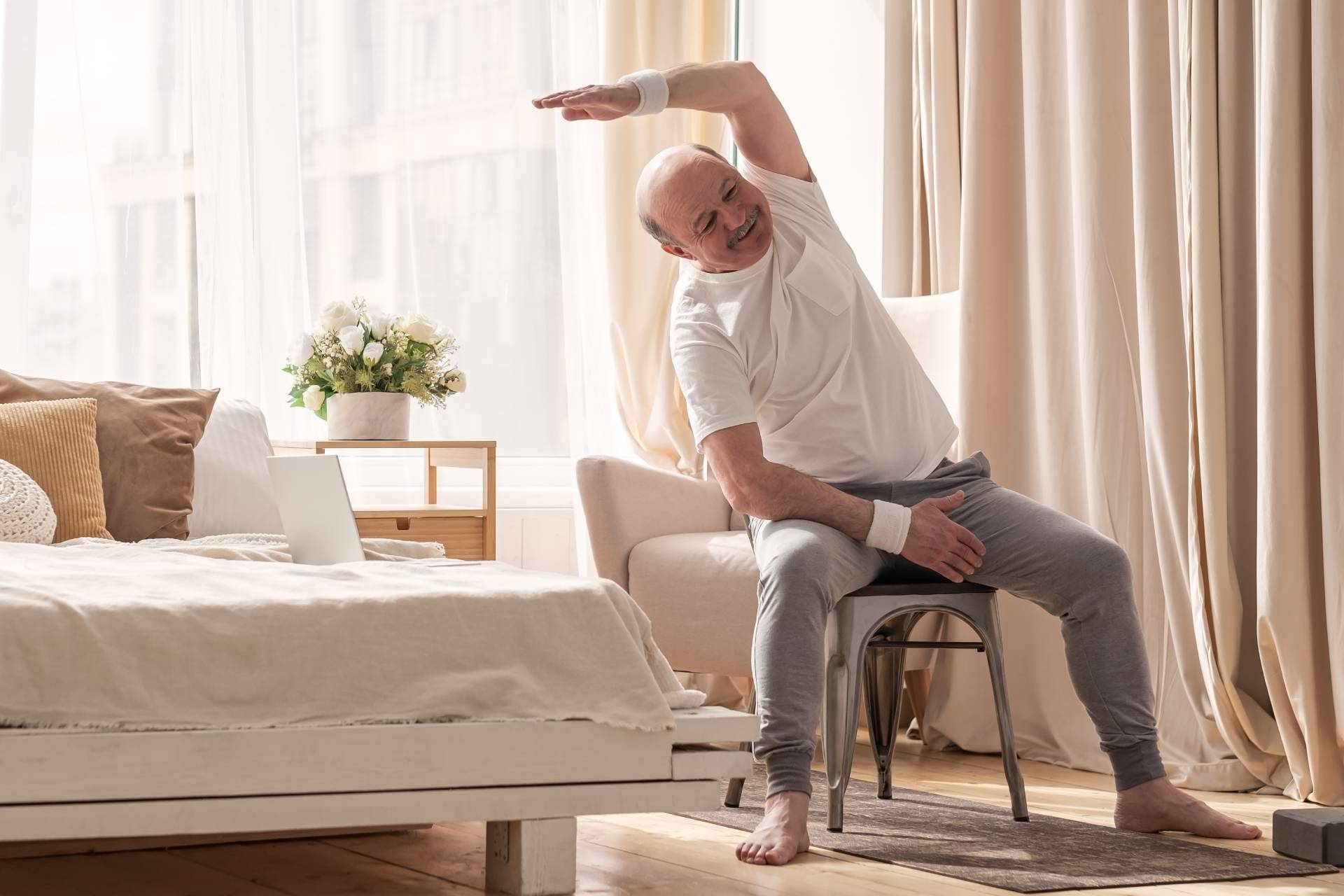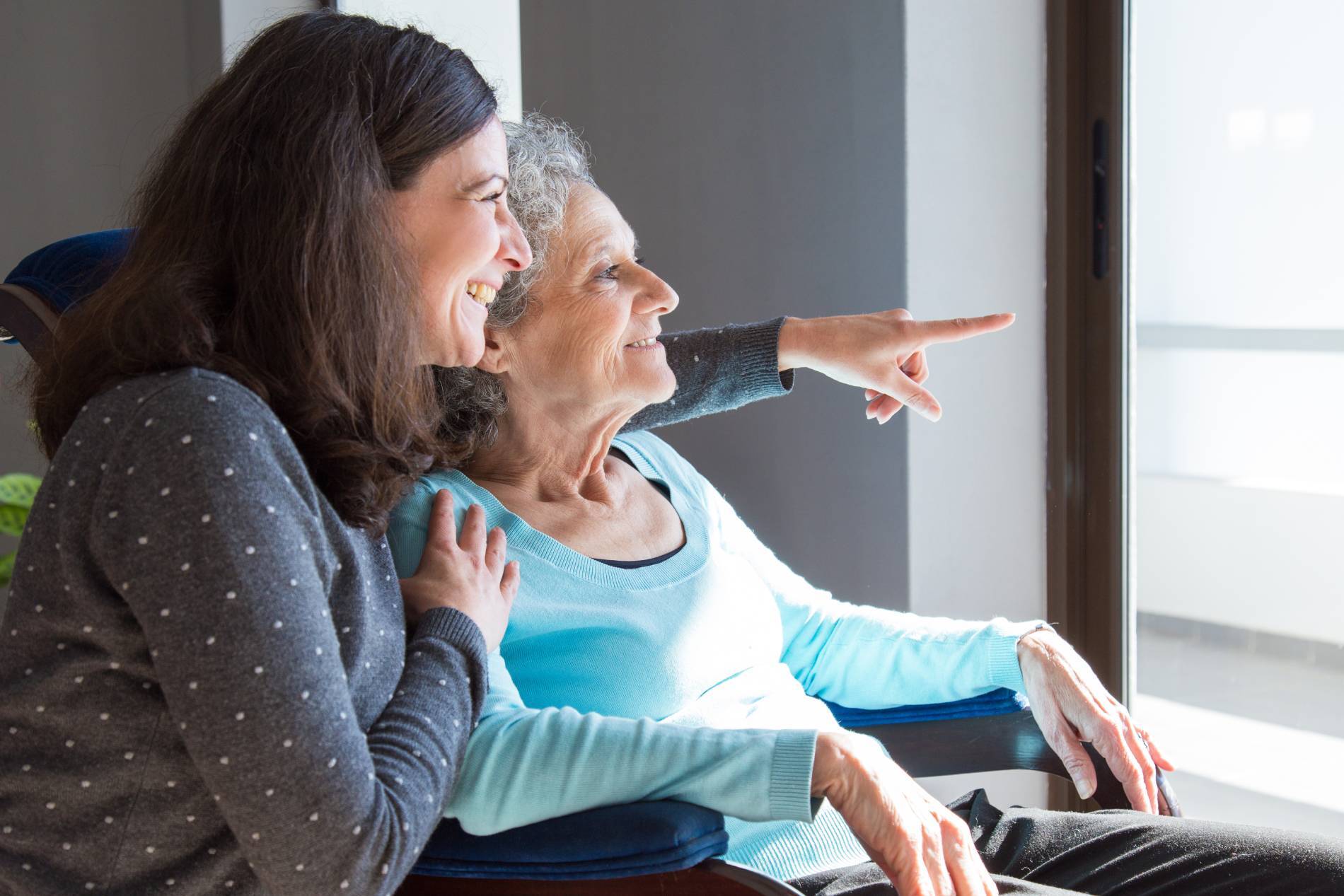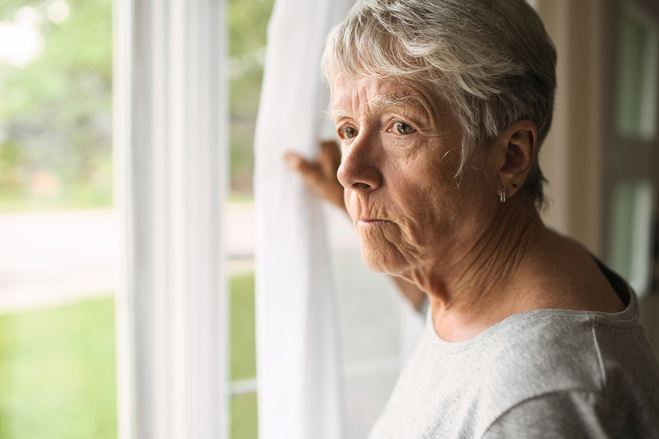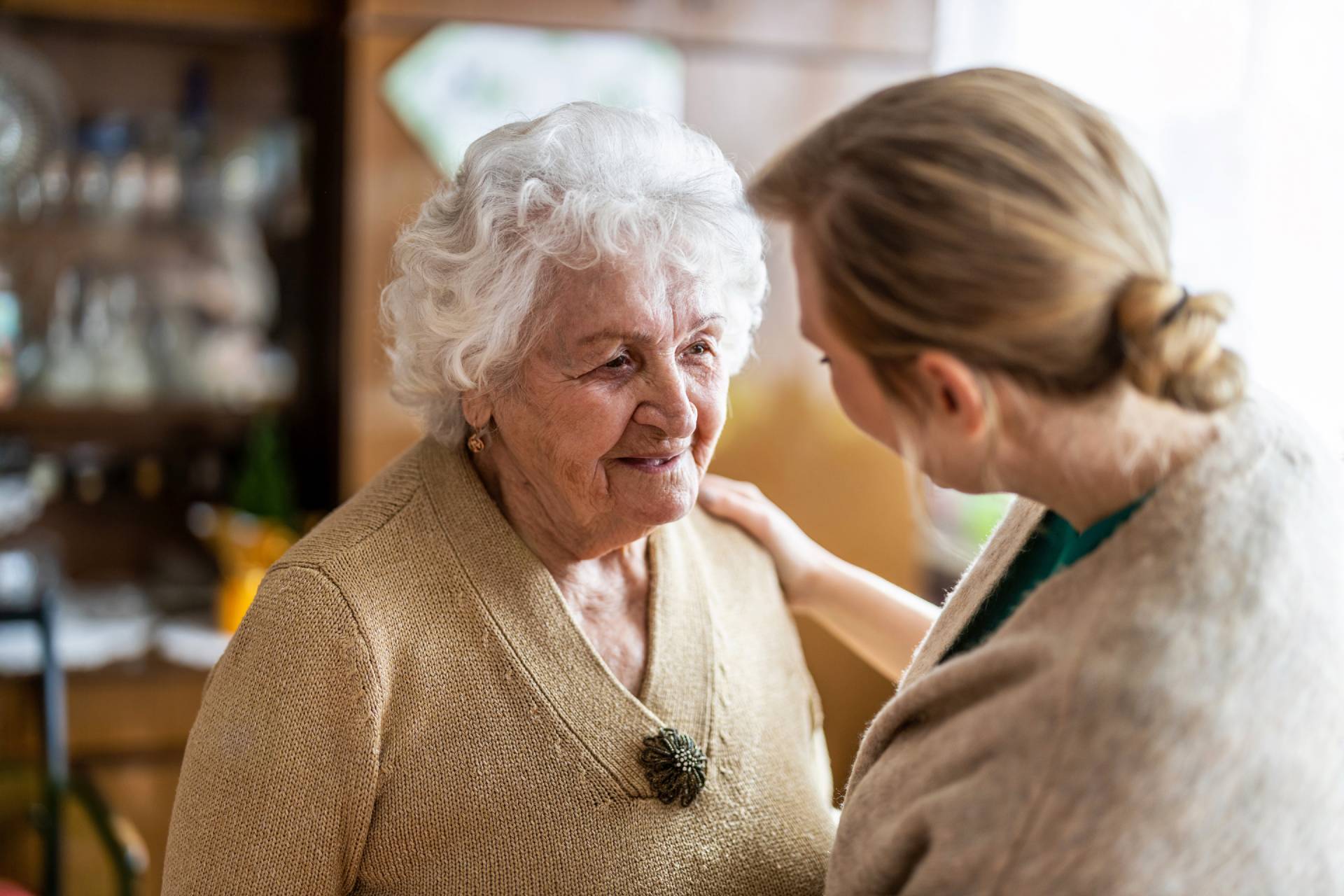The Grow G(old)en seniors blog is an educational resource by Ohana Care. We provide information to older adults, seniors and those that want to embrace healthy aging.
The Grow G(old)en blog by Ohana Care is an educational resource for seniors. No matter which stage in the aging journey you are at, there is so much to learn. Ohana Care provides services that help seniors live well in the comfort of their own home. Because of this, we know the challenges of growing older and we want to share our knowledge with you. Most importantly we want your transition into growing older to be smooth. With current and informative articles specifically for aging adults, we have something for everyone.
Our blog for seniors provides easily accessible information for gracefully accepting growing older. We are experts in aging. As a result, we will provide knowledgeable information to older adults and those that want to Grow G(old)en. Finally, the best part is that you can learn all this from the comfort of your living room.
Grow Golden articles cover topics to fit your life!
Aging in Place
Get educated on the options available for seniors to comfortably age in their own home. Learn how you can get support while staying in place.
Health & Wellness
The recipes, tips and tricks, crafts and educational resources in this category will help you live your best life as you age. Live well and stay healthy.
Calgary Lifestyle
These articles contain the best activities, discounts, partners and places to go for seniors in Calgary. Discover what is available in the vibrant city around you.
- All
- Age in Place
- Calgary Lifestyle
- Global News Calgary
- Health and Wellness
Contact
Calgary
Call us (403) 917-1786
Edmonton
Call us (587) 705-1066
Vancouver
Call us (604) 848-7357
Vancouver Island
Call us (250) 980-0598
Ohana Care is a KNG Capital Company
Copyright © Ohana Care [year] | Privacy Policy










